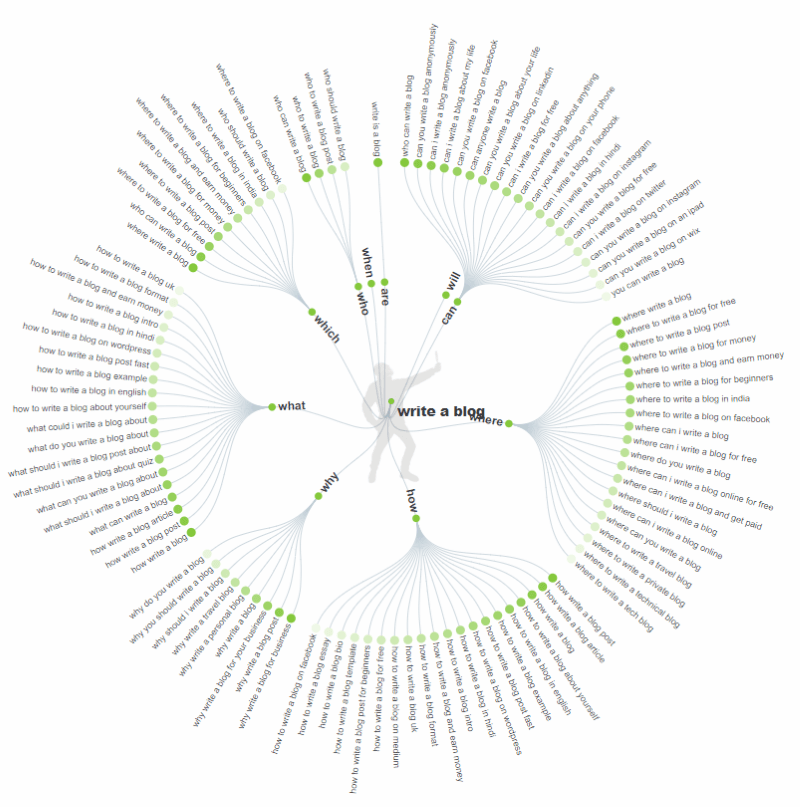In 2020, 91% of B2B companies have a content marketing strategy in place. But surprisingly, only about 40% of them have an effective process for planning and distributing the content they develop. And unsurprisingly, the companies that have invested in processes and planning are also the ones who are more effective and consistent in their content marketing efforts.
Creating a content calendar to fuel your strategy is arguably the biggest favor you can do for yourself. It not only helps you stay organized and (ideally) ahead of your posting schedule, but it can also help you identify opportunities to time special promotions or content that can support long-term goals.
Let’s look at what a content calendar includes and how you can create one that will help you maximize your impact.
What Is a Content Calendar?
A content calendar (aka editorial calendar or marketing calendar) is an organized schedule of the different types of content you want to produce throughout the year. Each piece of content is assigned to a specific month and details when and where you plan to publish it. A well-developed calendar typically includes the different forms of content you plan to produce during the year, specific topics for each type of content, and the timeframes for completion and publication.
You can download our content calendar template for free to get started.

Expand Your Content Mix
Today’s content marketing isn’t just blog posts and email newsletters. Content comes in all shapes and sizes, each of which can help you connect with your audience in different ways. Here are some examples you may want to explore:

Start by creating the type(s) of content that you’re comfortable with and can produce most efficiently. Then, look for opportunities to partner with other content creators, such as being a guest speaker on a podcast or conference. Regardless of the type of content you create, your primary goal remains the same: to build trust and impact with your audience.
The best content isn’t defined by its format, but rather the impression it makes on your user. We recommend striving for an 80/20 balance of educational and promotional content, respectively, along with prioritizing quality over quantity.
Be Mindful of Your Target Audience
Before you dive into content ideas, think about your reason for creating content in the first place: you want your target audience to walk away with something, and you want them to remember you as the source that gave it to them.
The best practice is to develop a buyer persona that defines what your ideal reader looks like. Think about their industry, their needs and pain points, and how you can create helpful content that will help them learn something or solve a problem.
Take the buyer persona a step further by considering where they might be in their decision-making stage. It’s a good idea to develop content around specific stages of the buyer’s journey (awareness, consideration, and decision) that can speak to their unique needs at each level.
How Do You Come Up with Content Ideas?
Coming up with quality content ideas is one of the hardest parts for many marketers. Without a content calendar, you’re left waiting for inspiration to strike or scrambling to develop the first idea that comes to mind, even when it might not be the best fit for your goals or audience.
This is the single biggest reason why you need a content calendar! Your calendar organizes your ideas and ensures you always have something new and relevant to share with your audience.
Here are the approaches we use to fill our calendar. We promise that you, too, can fill at least six months of your content calendar by spending just 20 minutes on each activity below.
1. Brainstorm
A good old-fashioned brainstorm session can churn out tons of ideas. Plus, getting all those ideas you’ve been meaning to create down on paper will free up brain power to generate new ideas.

While you’re brainstorming, picture your ideal audience as they move along your buyer’s journey:
- What excites them?
- What do they need or want that you can provide?
- What questions are they asking?
- What questions should they be asking but aren’t?
- What information or resources will help them?
- What are their pain points or concerns?
Now is also a good time to review your existing content (e.g., testimonials, dated blog posts, etc.) to identify anything that needs to be refreshed.
Some ideas will stick, others won’t, but write down everything that comes to mind so you can flesh them out later.
2. Leverage Events and Seasons
Finding a way to tie your content into an important event can give it more visibility and make it memorable.

Events can be powerful opportunities to present your content to the right people at the right time. Search for business events, conferences, and special holidays related to your industry. Scanning this national day calendar will jump-start your creativity and even provide the associated hashtags for your social posts. Also, look at national holidays, sporting events, and even local happenings to give your content a unique perspective.
3. Search Google Like a Customer
Google can be a goldmine for helping you get inside your customer’s head. Do some searching in the eyes of your customer and pay close attention to what Google suggests in the search bar — this is Google’s way of guessing what you’re going to search for based on other people’s searches!
You can also check the People Also Ask section and the Related Searches area to expand your content topic ideas.

4. Gain Clarity with Answer the Public
Answerthepublic.com is a free tool that organizes the actual search terms people are using that are related to your keywords. Start by entering the same terms you typed into Google in the previous activity. Scan the top questions, prepositions, and comparisons, then scroll to the bottom of the page to view the related keywords that will help you optimize your content for search.
This beautiful and valuable tool allows three free searches per day, so choose your keywords wisely.

5. Conduct Competitor Research
There’s nothing wrong with doing a little recon on your competitors. Review their websites, blogs, online tools, and social media posts. See what they’re talking about and whether they’re leaving out a piece of the conversation that you can address.
You can also do an in-depth investigation with SEO tools like Ahrefs or SEMrush to see how much traffic their blog posts are bringing in, the keywords they rank for, and the traffic value of their posts, among other details.
6. Use the Content Pros Idea Generator
We developed our own social media and blog topic idea generator tool to help you fill your content calendar. Simply enter three keywords, and in seconds, you’ll have more than 250 customized ideas to sift through (plus, it’s free to use!).

Organize Your Ideas
Now that you have a wealth of ideas, download a calendar template and start organizing them into a posting schedule. You can first group ideas into themes, then assign each theme to a specific month.
If you want to get more mileage from your content, look for opportunities to expand topics into multi-part series or use one idea to create several pieces of content. For example, you might turn a blog post idea into an infographic and an eBook. See our recent blog post for more ideas and real examples of repurposing content.
Also, keep an eye out for how your content can be used to support other content. Link back to previously published pieces when possible or promote upcoming content that your reader may find relevant.

Develop and Promote Your Content
With a content calendar in place, you can determine when you want each topic to go live. It’s best to work at least a month in advance to give yourself enough time to fine-tune the content before it goes live.
Once the content is published, you’ll also want to focus on promotion. Don’t just rely on your own channels to spread the word — join groups on social networks, find relevant hashtags, and comment on other blogs in your industry.
You can also use tools like Buffer, Hootsuite, or Later to schedule your social posts so you can put your posting on autopilot. They each offer a free version, so you can find the one that you like best.
Content calendars can be game-changing for marketers, so take time to develop yours the right way and set yourself up for a new level of success!


